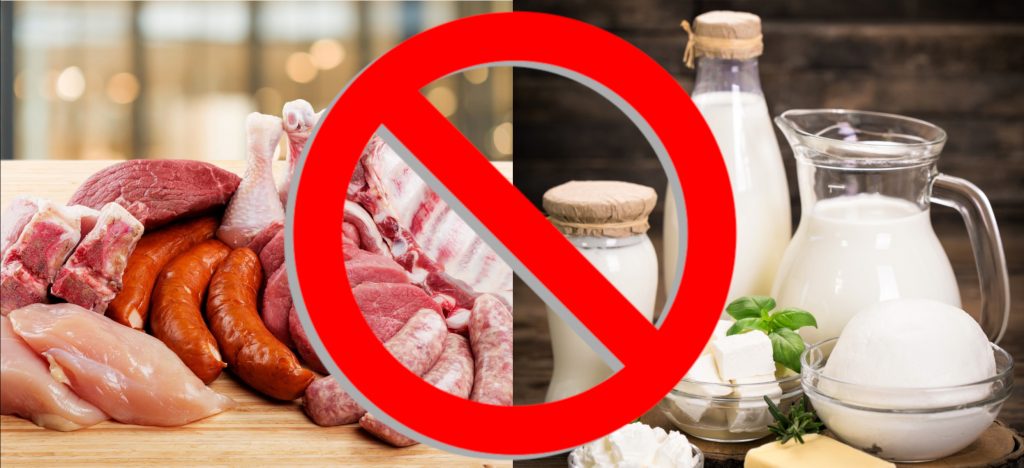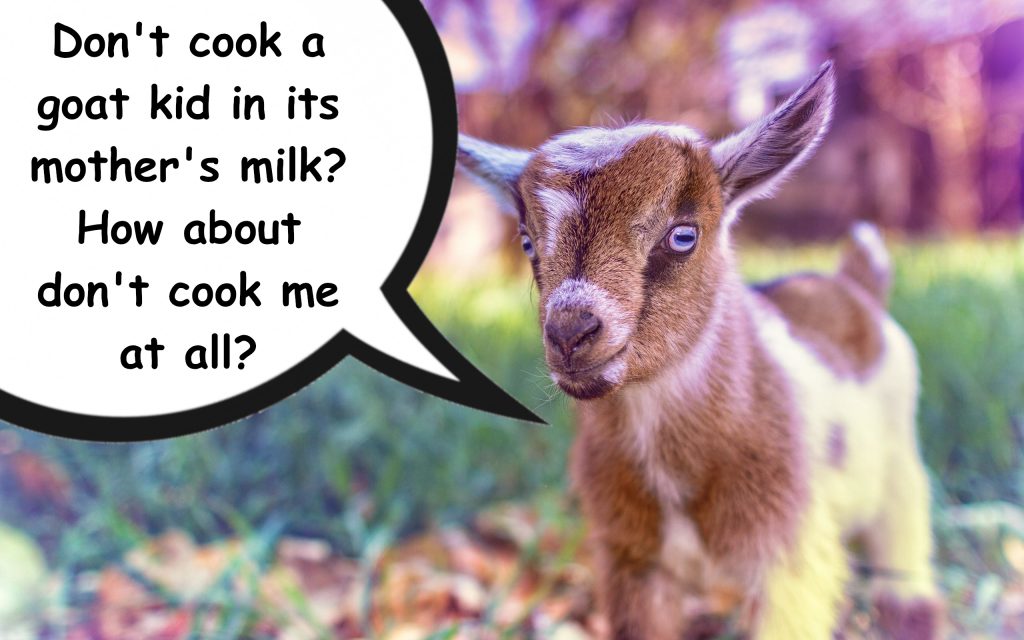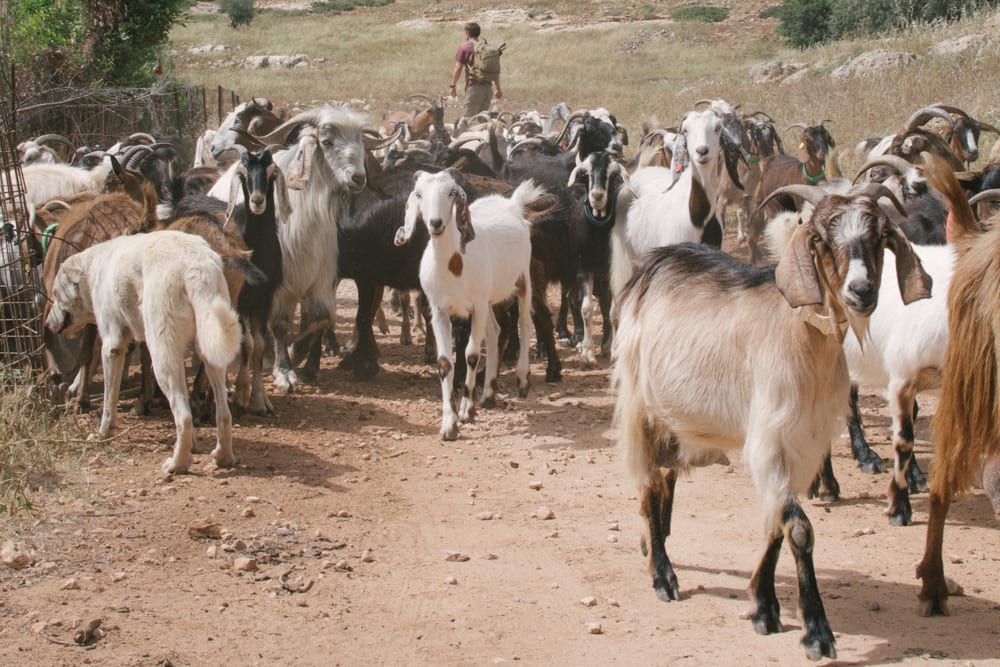(4-5 Minute Read)
Deuteronomy 11:26-16:17
The Torah portion of Re’eh commences with Moses reminding the Jewish people of the importance of observing the Torah completely, and of the related blessings and curses. Moses noted the Most High’s instructions that offerings and other key worship rituals only take place in the centralized location that would be chosen later. Other commandments are repeated, including admonitions against idolatry and the consuming of blood. Moses also discussed the concept of a false prophet who seemingly performs a wonder or utters an allegedly “truthful” prediction, but who also encourages disobedience to the Torah. Moses then recapped the dietary laws of kashrut, or kosher, including the commandment not to cook a kid in its mother’s milk. The Torah further recounts instructions on tithing, loans, and the yovel, or jubilee year. Re’eh concludes with a description of the shelosh regalim, the three festivals of Pesach, Shavuot, and Sukkot, or Passover, Weeks, and Booths or Tabernacles.
There is a lot of material packed into the parasha, or Torah portion, of Re’eh. We will focus on two of the concepts presented, namely the cooking of a kid in its mother’s milk and the deceptive false prophet.
One of the more unique customs of Judaism is the practice of not mixing meat and dairy together in any form. In modern times, this custom has evolved to include using separate dishes for meat and dairy foods and waiting a period of up to six hours between a meat meal and a dairy meal. Indeed, perhaps more than any other Jewish tradition, the origin of this custom is not always completely understood, even by those who practice it.

The original passages in the Torah serving as the basis of this custom command us three times not to cook a kid (of any animal) in its mother’s milk. The chachamim, or the rabbinical sages of blessed memory, have noted that the triple repetition of the prohibition relates not only to the cooking, but also to the eating and deriving benefit from this practice. But how did not cooking a kid in its mother’s milk evolve into stringencies regarding separate dishes and waiting hours before consuming a dairy product after meat?
While it is true that there was a development of sorts over the millennia in the halachot, or rabbinical injunctions and guidelines, it is important to note why the Eternal One stressed repeatedly that the Jewish people ardently avoid this practice of cooking a kid in its mother’s milk. There are multiple reasons provided by the Talmudic rabbis. One in particular is especially of note: the cooking of a kid in its mother’s milk was a notorious pagan practice of the Canaanites living in and around the land of Israel. This prohibition wasn’t just a dietary custom; it was another expression of the ardent rejection of the Jewish people of any and all pagan practices, especially those of the Canaanites.
In spite of that, one could reasonably ask the question why we are not permitted to cook a kid in the milk of another animal? Or, for that matter, why are we not allowed to have a cheeseburger? While there are numerous thoughts on this subject, perhaps one of the most pertinent perspectives relates to the original purpose of this commandment. The Almighty wanted to make it clear that the Jewish people were not to engage in Canaanite paganism. Thus, in order to accomplish that goal, especially with food, the Jewish people should logically avoid anything that even appears to be a Canaanite practice, i.e. we should avoid the marit ayin factor. If the common custom of the locals was to cook a kid in its mother’s milk, it is very possible that an onlooker would wrongfully assume that the Jewish person serving a meal of meat and dairy mixed together had, in fact, followed the prohibited Canaanite custom (has v’halilah). Therefore, if we understand that avoiding the mixture of meat and dairy related to avoiding even the appearance of engaging in Canaanite paganism, we can now understand that further stringencies merely added to the notion that our dietary laws are yet another aspect of the Jewish identity that seeks to connect with the Eternal One only through the Torah.

Interestingly enough, some have claimed that the idea of avoiding the appearance of Canaanite paganism predates even the commandments given by the Most High to Moses. In Bereshit (Genesis) 18:7-8 we read about the hospitality of Abraham for his three special guests, especially relating to a lavish meal prepared for them.
“Abraham ran to the herd, took a calf, tender and choice, and gave it to a servant boy, who hastened to prepare it. He took curds and milk and the calf that had been prepared and set these before [the guests], and he waited on them under the tree as they ate.”
There is no such thing as an “unnecessary detail” in the Torah. Why was it so important for us to know that Abraham served curds and milk and a calf to his guests? One thought is that perhaps the custom of completely separating dairy and meat from each other was instituted by the righteous Abraham who routinely invited guests to dine with him while he taught them about the Most High and the earliest versions of Judaism. The idea is that, instead of cooking the calf in its mother’s milk like the nearby pagans did, Abraham instead served a course of curds and milk while the servant prepared the meat. After the dairy course had been completed, then the meat course was brought out separately. If this theory is correct, then that means that Abraham himself followed a practice of refraining from mixing meat and dairy in a manner that was essentially identical to the stringencies imposed by later rabbinical authorities. Accordingly, the Midrash, or Jewish tradition, claims that Jacob wrapped sticks around his arm as a form of early tefillin. So it is not unreasonable to consider that this passage of Bereshit, or Genesis, suggests that Abraham also practiced an early form of kashrut, or dietary laws, very similar to the halachot established later.
It should also be noted that some have claimed that the human body uses different enzymes to break down meat and dairy, meaning that meals combining these two foods, especially if they are cooked together, are difficult to digest and possibly unhealthy. So in addition to the previously mentioned and other spiritual reasons, it is possible that there are health benefits to avoiding the mixture of meat and dairy that could have encouraged additional stringencies. These ideas, however, are more theoretical, and the possible physical benefits thereof are less important than the spiritual aspects.
Another important lesson from Re’eh relates to false prophets who deceptively appear to be righteous and/or legitimate. In this case, the alleged “prophet” has uttered a prediction that did, in fact, come to pass. Or he or she has seemingly performed some kind of wonder or miracle. Interestingly enough, Moses explained that in these situations the Eternal One “is testing you to see whether your really love the L-RD your G-d with all your heart and soul.”

On the surface, this idea of “testing” the Jewish people through false prophets may seem a bit peculiar. What is the purpose of allowing a false prophet to appear to be legitimate and potentially confuse us? Perhaps the concept here is that a relationship with the Almighty through Torah observance requires extensive study and effort. If a person truly is seeking after the Most High and following the Torah, he or she will actively work to understand the Torah better and live his or her life accordingly, even when that is difficult. In contrast, there are times when a person, organization, or movement has the appearance of being righteous, but in reality he, she, or it does not actually conform to the instructions of the Eternal One in the Torah. In that case we are being “tested.” Do we love and seek after the Most High and His Torah so much that we are willing to reject the literal or figurative “false prophet”? Or would we rather rely on our own wisdom to determine what is right and wrong? Or would we rather follow a charismatic and appealing leader, individual, organization, or movement regardless of how that relates to the Torah? Perhaps that is the test of the “false prophet” to determine our level of love and commitment to the Almighty and His Torah.
Maybe we can also link the concept of the “test” of the false prophet to the practice of not mixing meat and dairy. For many, especially in modern times, it is not always understood why we have this prohibition. Perhaps for some it is tempting to consider this custom to be “archaic” or “excessive.” But maybe the mixing of meat and dairy has always been a symbol of our devotion to the Eternal One and the Torah going all the way back to the lifestyle of Abraham himself. Rather than relying on our own reasoning to determine what is or isn’t necessary, we instead dutifully maintain a practice that, in some ways, represents our rejection of idolatry and our dedication to the Most High and His Torah.
May the Holy One, Blessed Be He, enable us to ever seek after Him through the observance of His Torah. And may we always put our relationship with the Almighty first along with our dedication to Him and the Torah, avoiding even the appearance of unholiness and rejecting the literal and figurative “false prophets” we may encounter in our lives.


